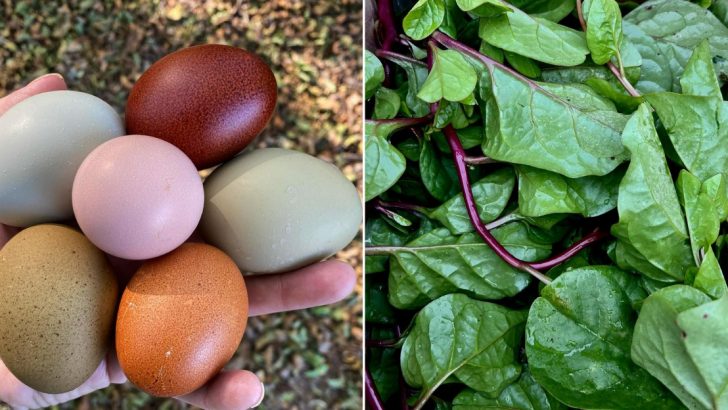Let’s have a little chat about microwaves. They’re super handy for reheating leftovers, right? But you know, there are some foods that just don’t play well with those zapping waves.
Reheating them in the microwave can actually lead to some not-so-great outcomes, whether it’s a weird texture, a loss of nutrients, or even some potential safety issues.
So, let’s explore 20 foods you might want to think twice about before nuking them!
1. Eggs
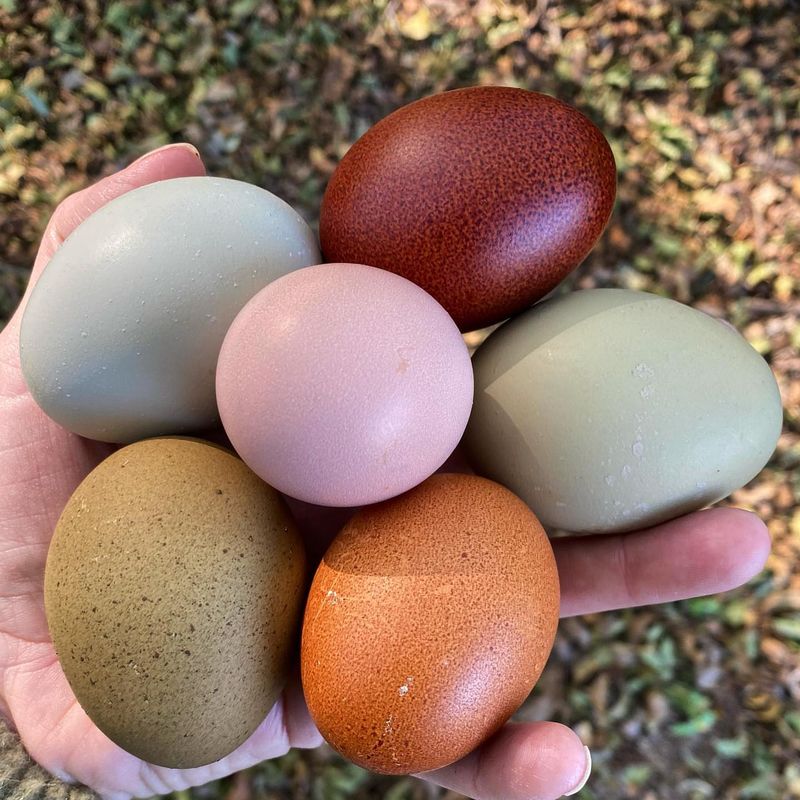
Reheating hard-boiled eggs in the microwave can be like a mini explosion. Steam builds up inside, and BAM! Messy. Even scrambled eggs can heat unevenly.
Instead, run hard-boiled eggs under warm water. Gently reheat scrambled eggs in a skillet over low heat. Safer and tastier!
2. Processed Meats
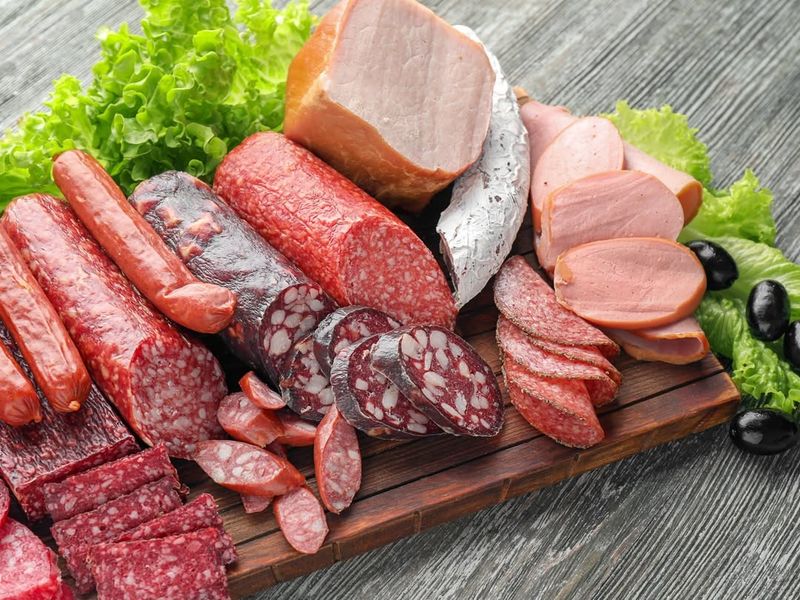
Hot dogs and deli meats often have nitrates and nitrites. Microwaving them can form nitrosamines. Some studies link these to cancer risk. Something to consider!
For these, reheat in a skillet, oven, or grill. They’ll heat more evenly. Plus, crispy bacon is the best!
3. Shellfish
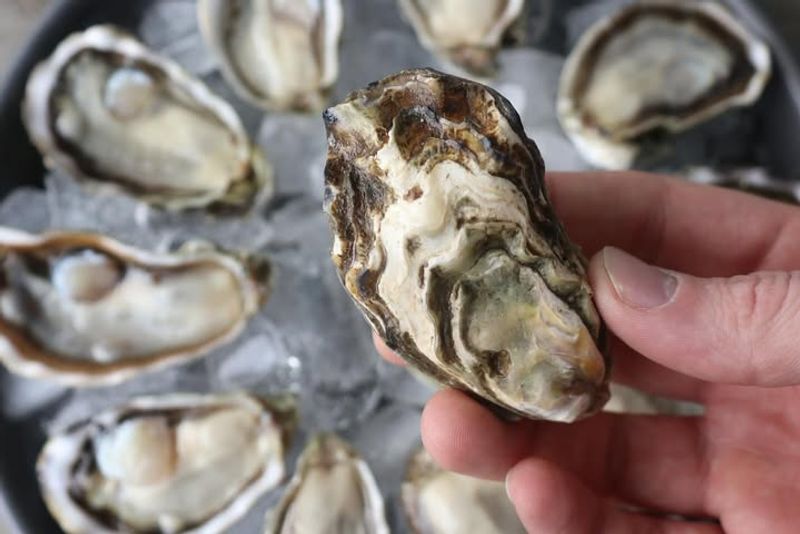
Shrimp and mussels need to heat evenly to kill bacteria. Microwaves can leave cold spots. Not ideal for seafood safety.
Reheat shellfish by steaming or sautéing in a pan with liquid. Heat until it’s all the way through. This keeps the best texture too.
4. Rice
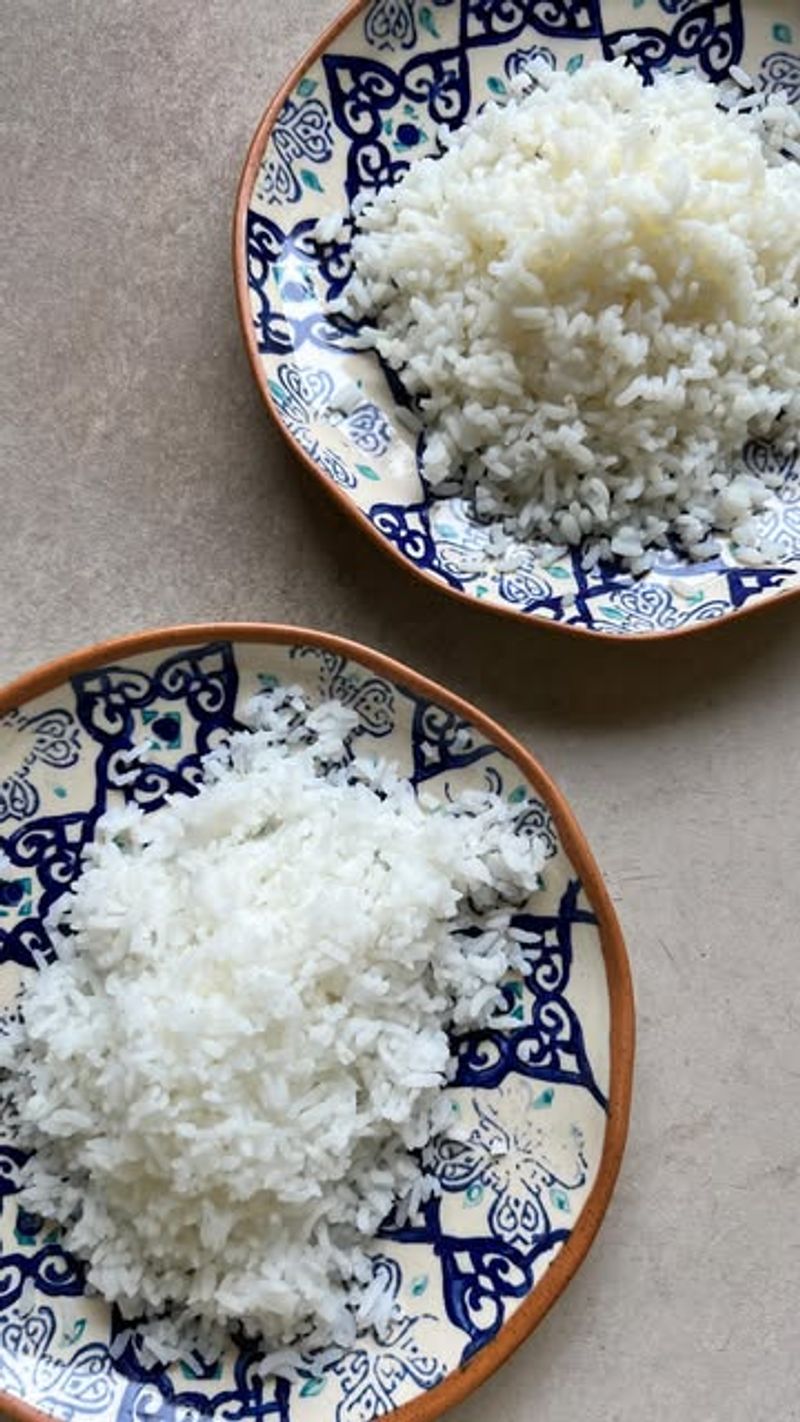
Rice can harbor Bacillus cereus bacteria. Even after cooking, spores can survive. If left at room temperature and then microwaved, these spores can multiply and make toxins. This can cause food poisoning.
Cool leftover rice quickly and store it in the fridge. Reheat thoroughly until steaming hot, either in a pan or microwave (no cold spots!).
5. Breast Milk
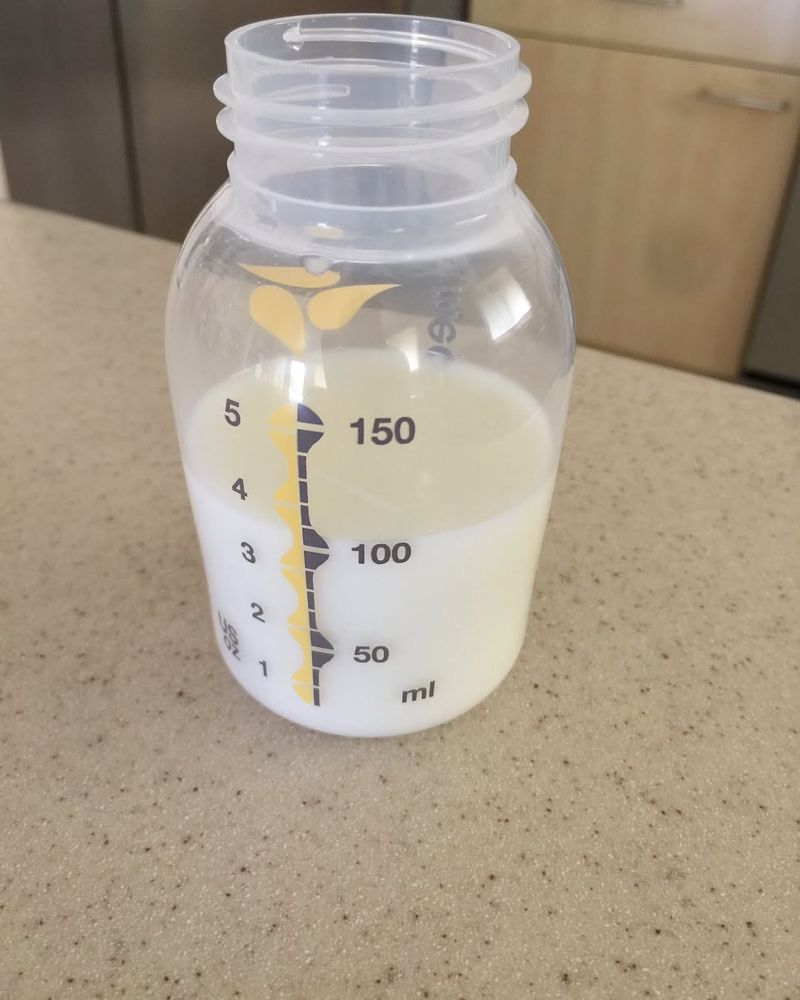
Reheating breast milk in the microwave isn’t recommended. It can heat unevenly, creating hot spots. These could burn your baby’s mouth. The microwave can also break down beneficial nutrients.
Warm breast milk by placing the bottle in warm water or using a bottle warmer. This heats it gently and evenly.
6. Fried Foods
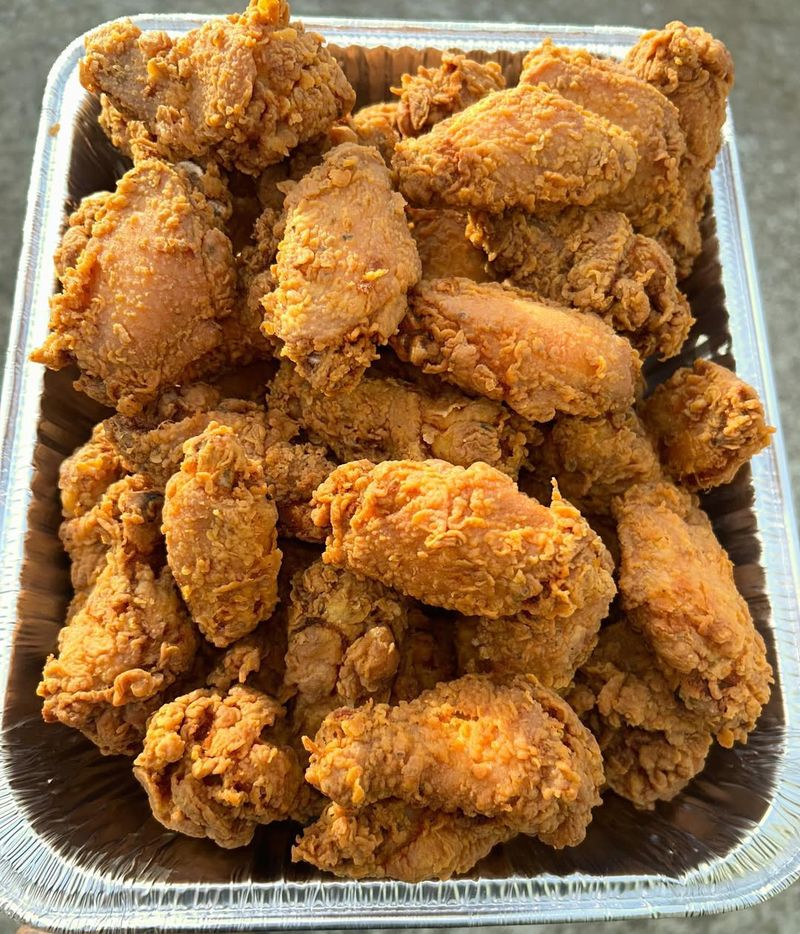
That crispy fried chicken? The microwave is not its friend. Fried foods get soggy in the microwave. Moisture turns to steam, making the coating lose its crisp.
Revive fried foods in the oven or toaster oven at a moderate temperature. This helps re-crisp the coating.
7. Pasta
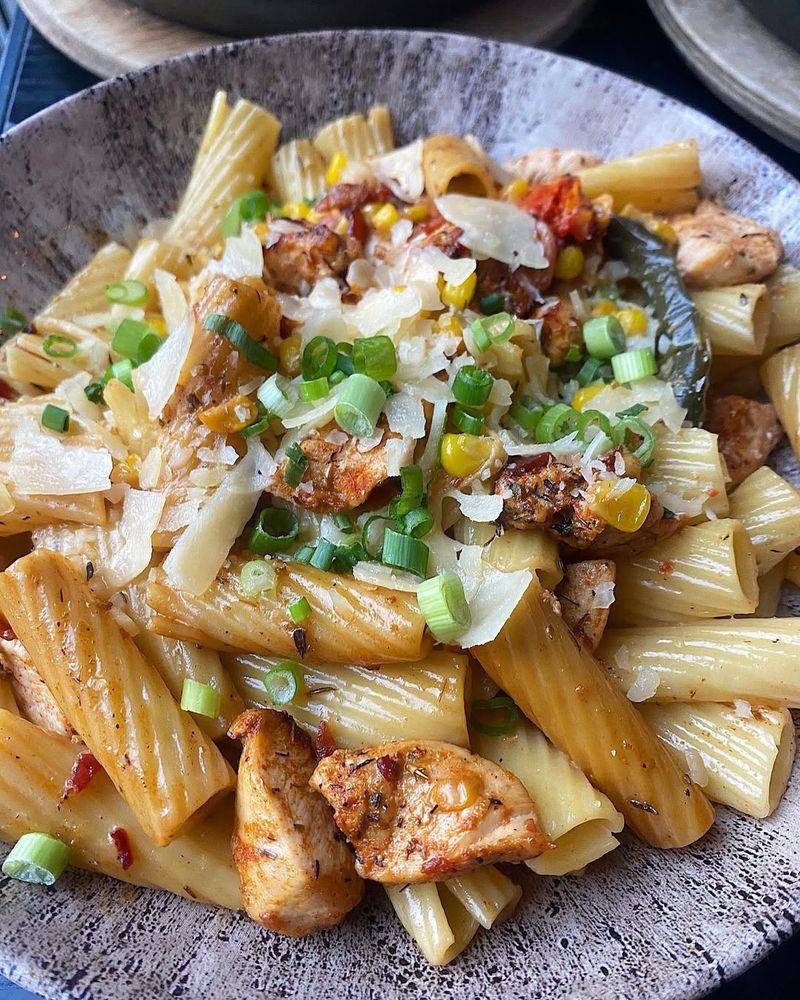
Pasta can suffer in the microwave. It often ends up rubbery. It can also heat unevenly. Some parts hot, others lukewarm.
Reheat leftover pasta in a skillet with a little sauce or water. This keeps it moist. You can also reheat in the oven.
8. Pizza
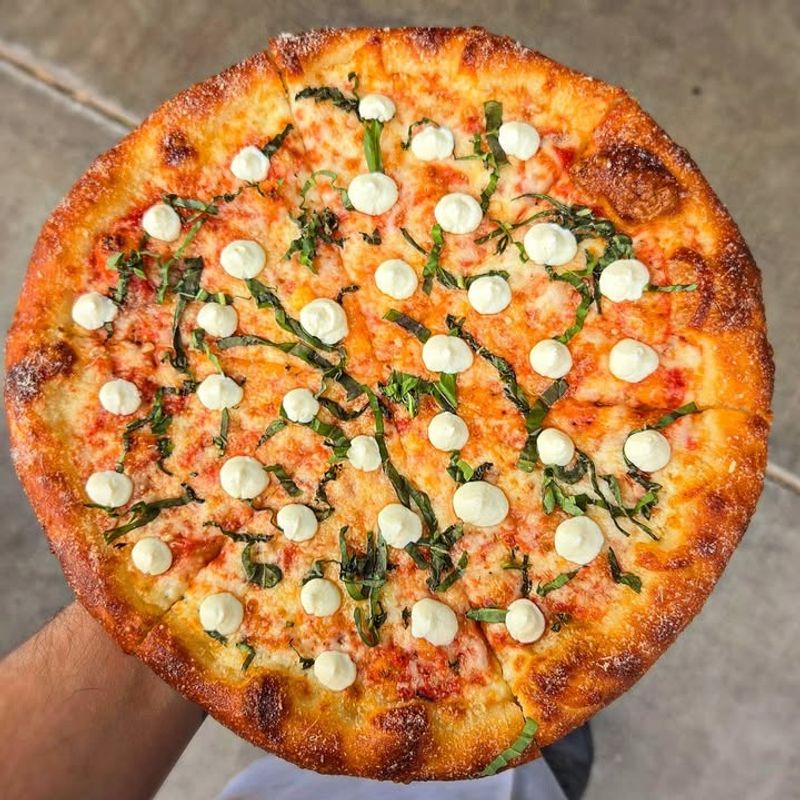
Leftover pizza is great! But microwaving it often makes the crust soggy. The cheese might get rubbery too. Not the same as a fresh slice.
For the best leftover pizza, reheat in a skillet over medium heat. Or use the oven or toaster oven until the crust is crispy.
9. Steak
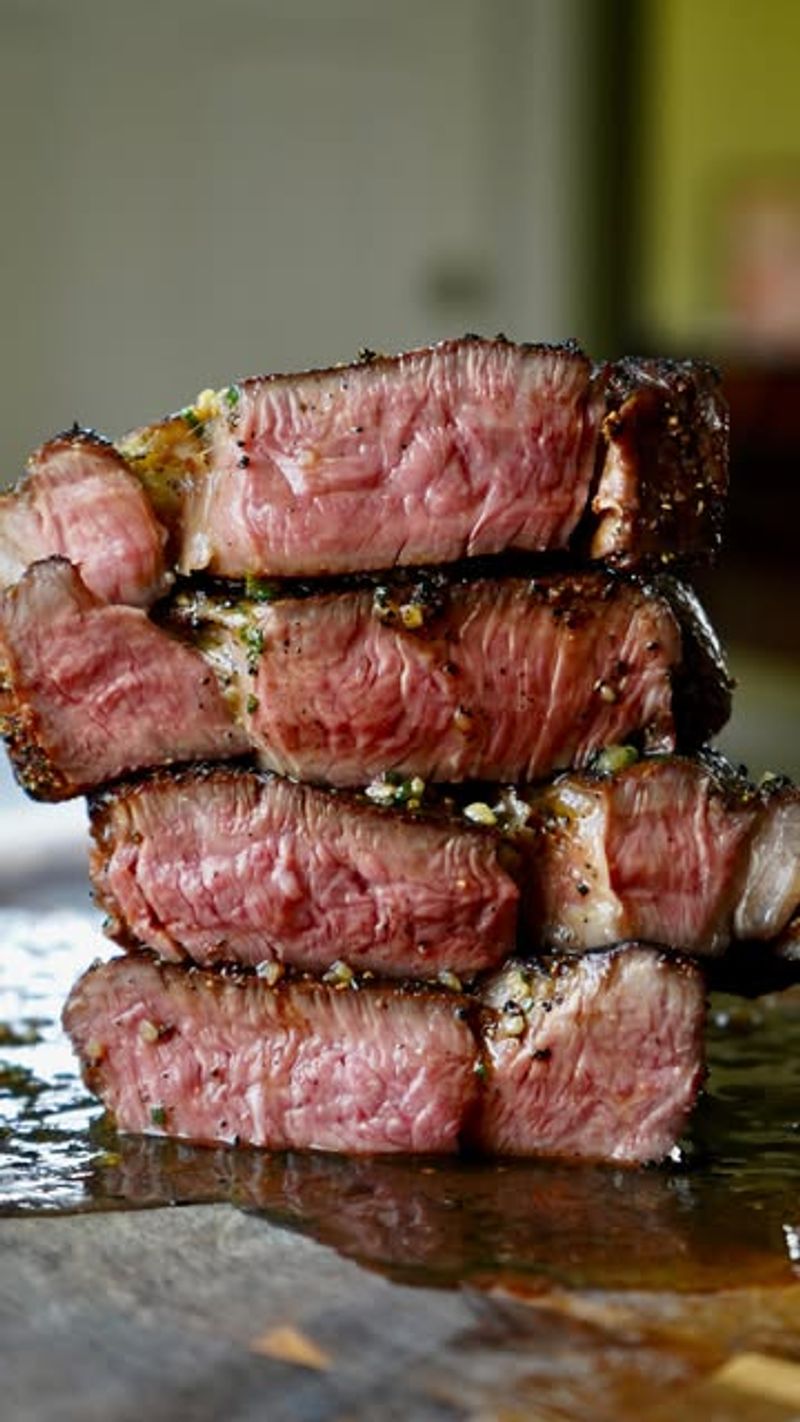
A perfectly cooked steak is wonderful. Microwaving it can be a disaster. It often becomes tough and dry. It also heats unevenly.
Reheat leftover steak in a skillet over medium-low heat with butter or oil. Flip until warmed through. You can also slice it thinly for stir-fries.
10. Delicate Fish

Fish like salmon can easily overcook and dry out. Microwaving leftover fish often makes this worse. It can become dry and flaky.
To preserve its tender quality, reheat fish gently in a steamer or wrapped in foil in the oven. Imagine a perfectly cooked fish, the flesh soft and flaky, melting in your mouth with each bite.
11. Broccoli

Broccoli is packed with vitamins, especially vitamin C. Microwaving leftover broccoli can lead to a loss of vitamin C. This nutrient is sensitive to heat.
To keep the nutrients, steam or sauté leftover broccoli. Heat it gently until just warmed through.
12. Spinach
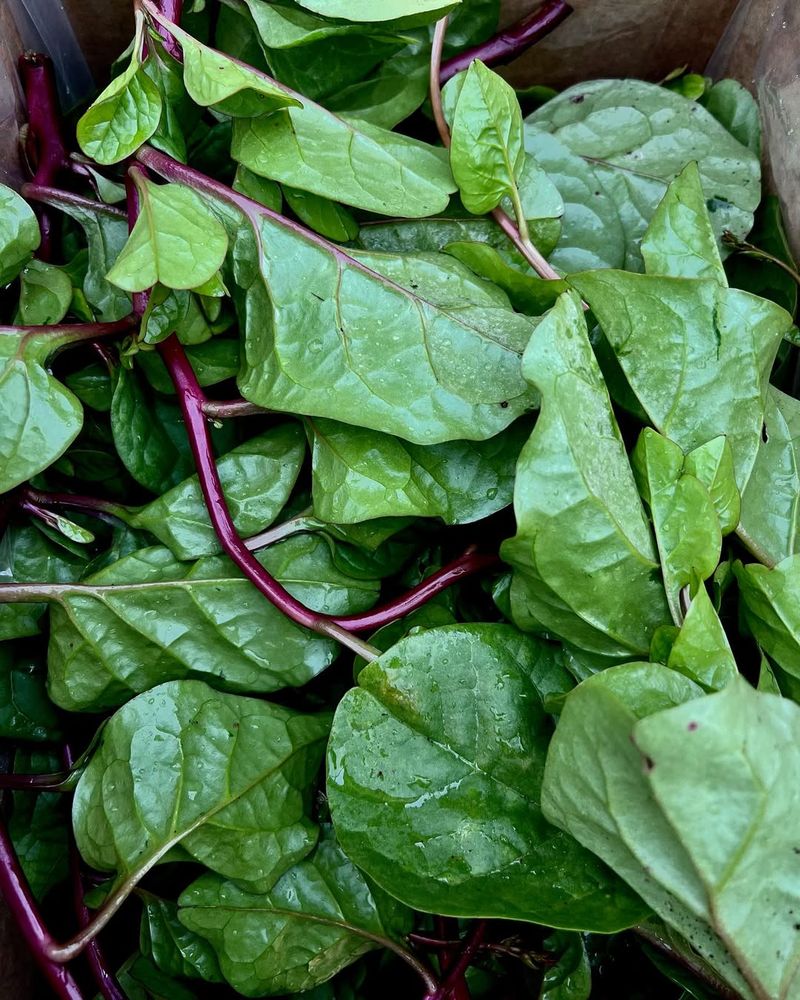
Spinach has nitrates. Cooked spinach left at room temperature can convert these to nitrites. These can then become nitrosamines when reheated, especially in a microwave.
Eat spinach soon after cooking. If you have leftovers, reheat them quickly at a lower temperature, maybe in a skillet.
13. Mushrooms
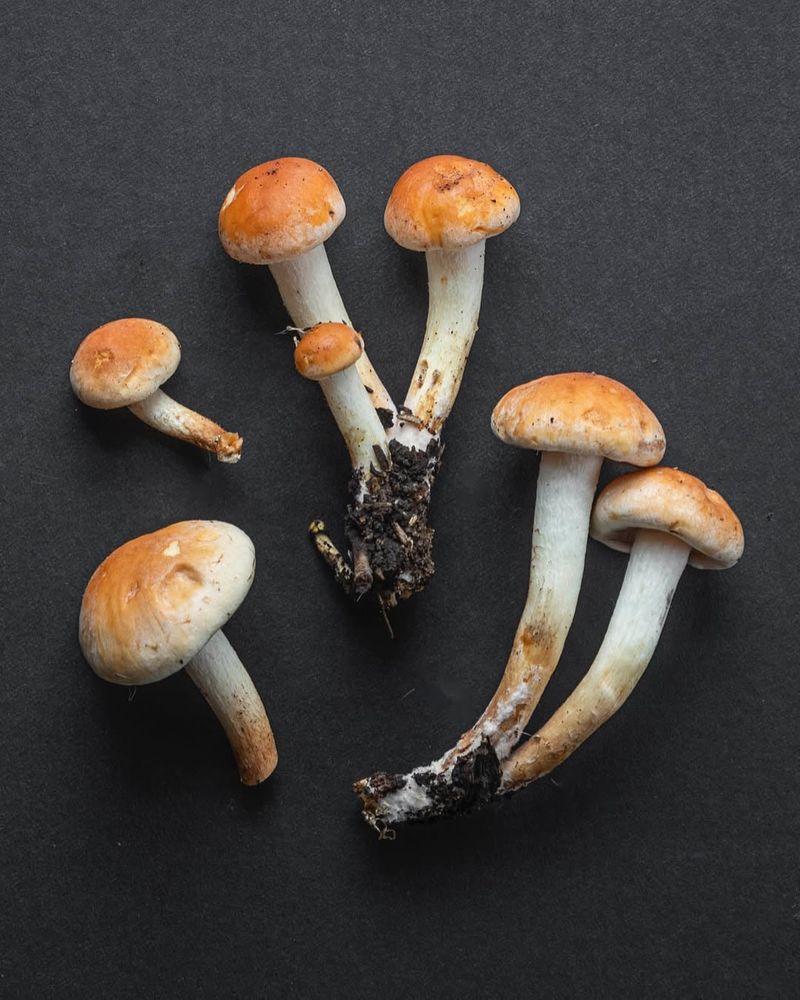
Reheating mushrooms in the microwave might not be best. It could change their protein structure. This might cause digestive issues for some.
To enjoy mushrooms at their best, sauté them gently with a touch of butter or olive oil, allowing their earthy flavors to shine. Imagine a skillet of perfectly cooked mushrooms, their aroma filling the kitchen, inviting you to savor them.
14. Cooked Potatoes
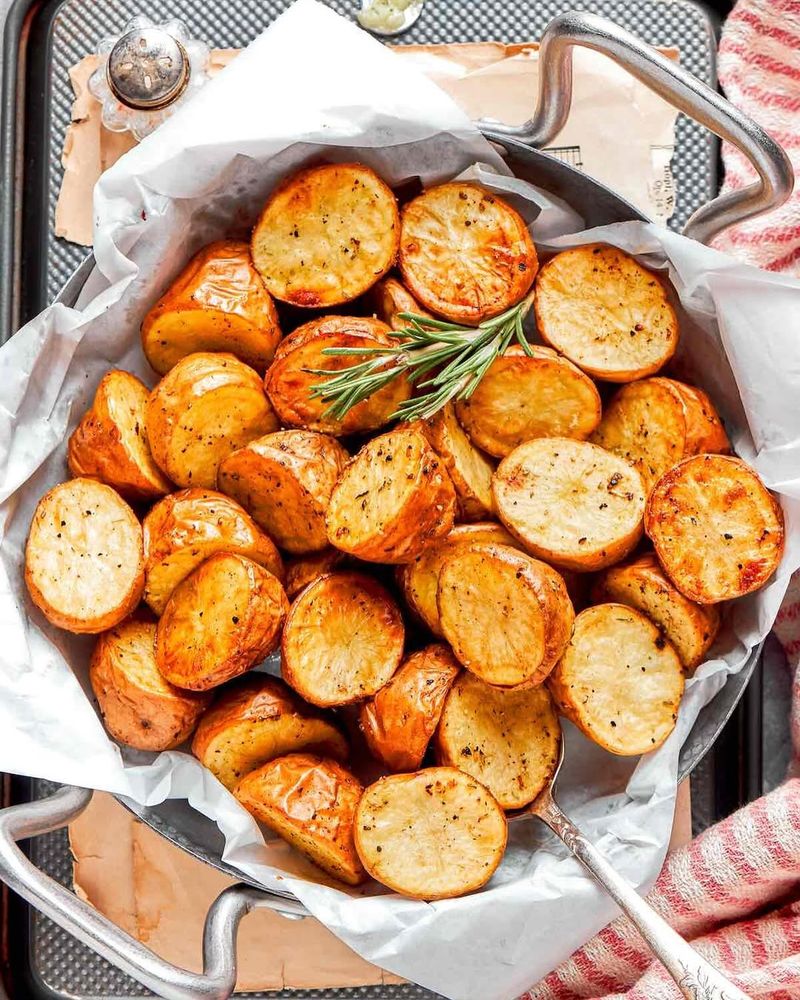
Cooked potatoes can get dry in the microwave. They can also lose their fluffy texture. Like rice, they can harbor bacteria if left at room temperature too long.
Cool leftover potatoes quickly and store them in the fridge. Reheat by baking, mashing, or slicing and sautéing.
15. Garlic
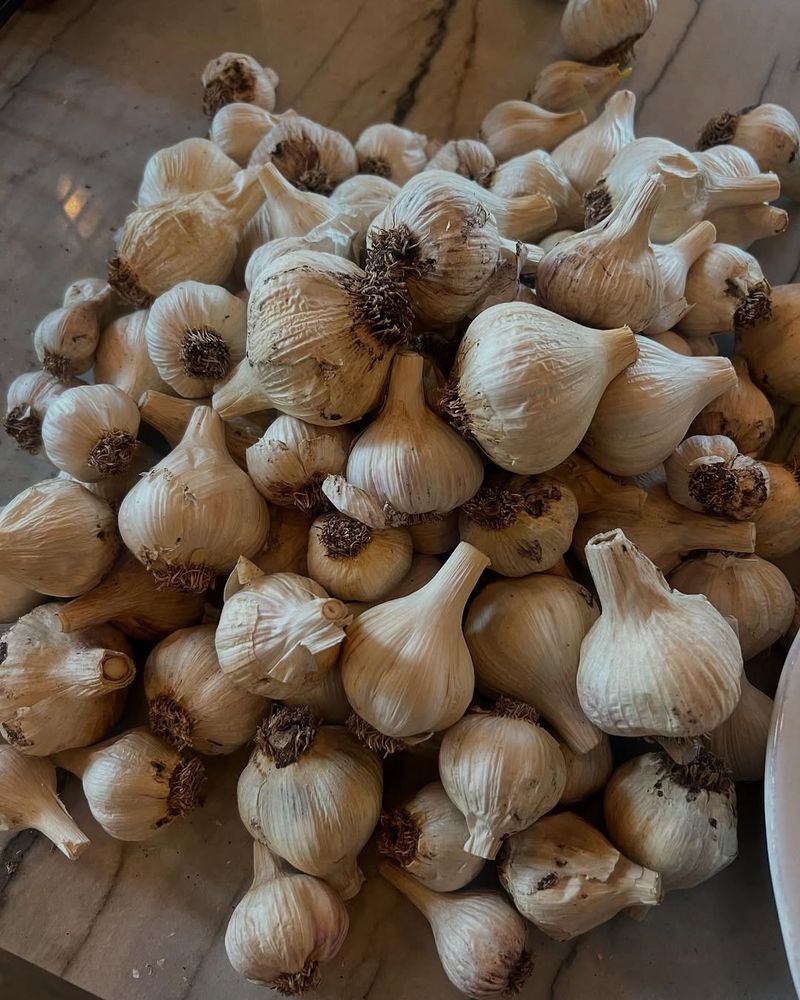
Garlic has a healthy compound called allicin. Microwaving garlic can break down this compound. This might reduce its health benefits.
To preserve garlic’s pungent flavor and nutritional value, roast it gently in the oven or sauté it lightly.
16. Grapes
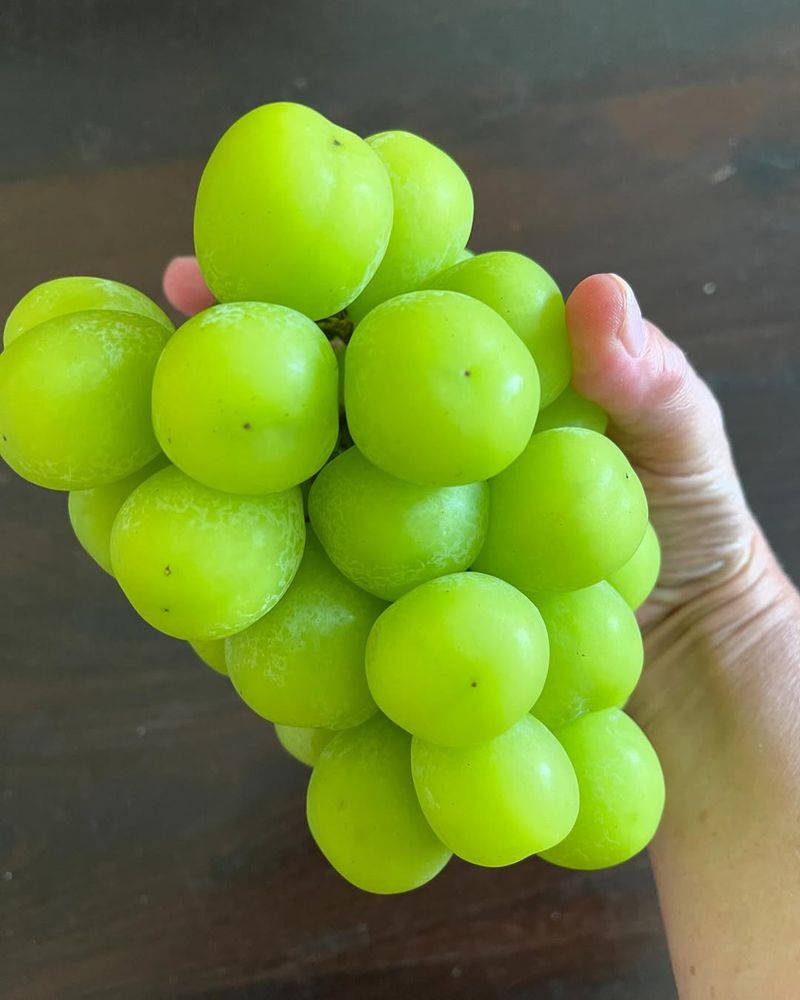
Grapes in the microwave can lead to a surprising explosion, creating a potential fire hazard. The small amount of moisture inside each grape can heat unevenly, causing them to burst.
To enjoy grapes, savor them fresh or freeze them for a cool treat.
17. Oils
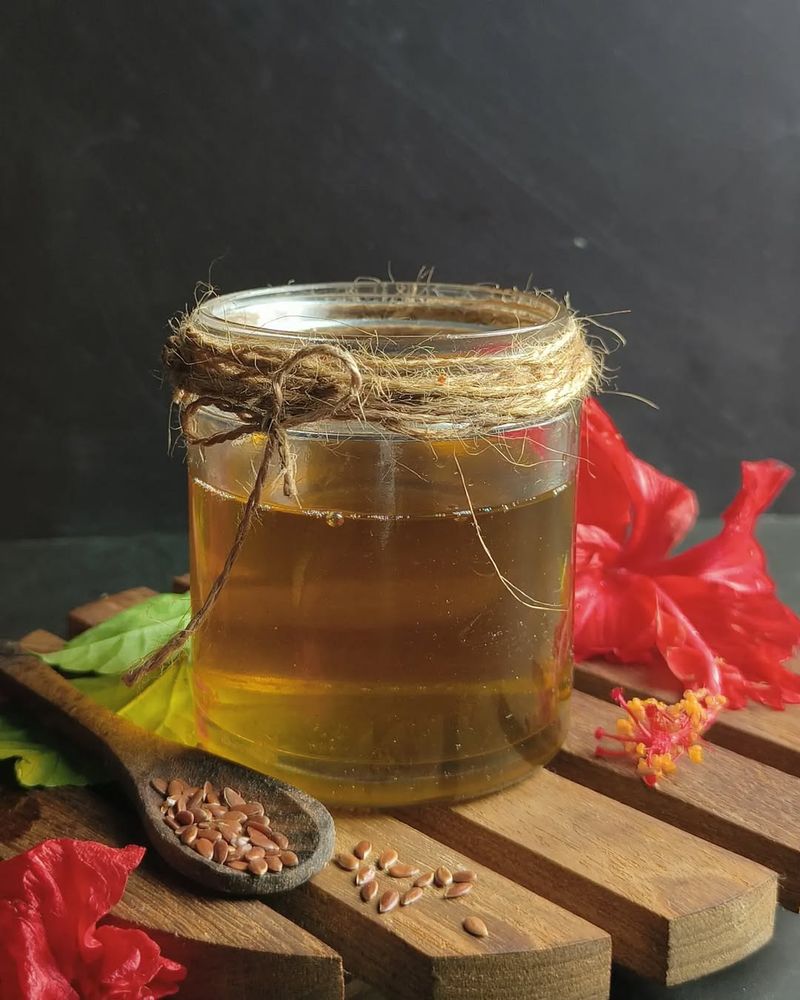
Don’t reheat cooking oils in the microwave. They have different smoke points. Microwaving can make them reach these quickly and unevenly. This could cause a fire. Overheated oil can also make harmful fumes.
Reheat foods using methods appropriate for the food, not directly heating oils.
18. Bread
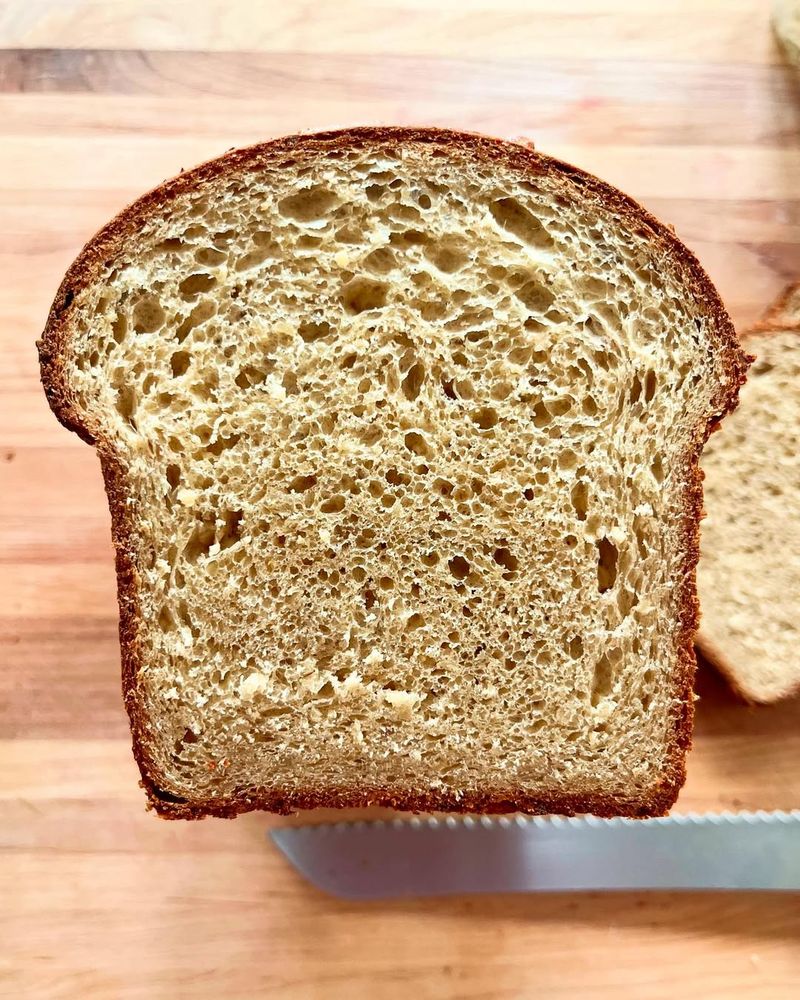
Microwaved bread often gets hard and dry. It can even become rubbery. It loses its softness.
Revive leftover bread by wrapping it in a damp paper towel and microwaving briefly. Or toast it in a toaster or oven.
19. Sauces
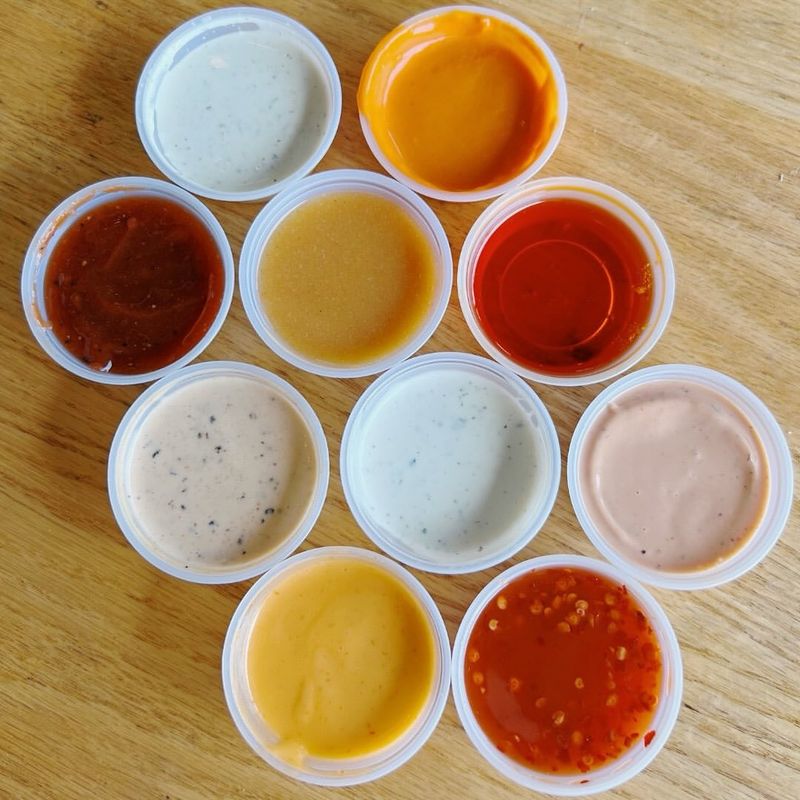
Reheating sauces in the microwave can be messy. They tend to splatter. They can also heat unevenly.
Reheat sauces gently in a saucepan over low heat. Stir often to warm evenly and prevent sticking.
20. Chili Peppers
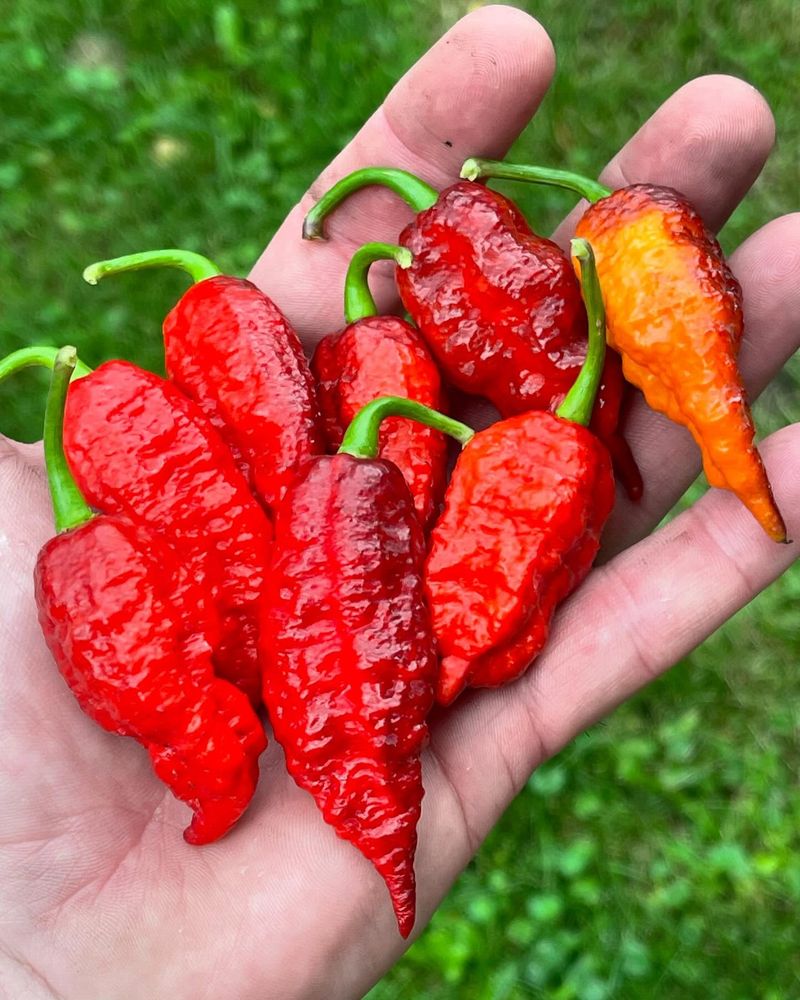
Reheating chili peppers in the microwave can release capsaicin. This is what makes them spicy. It can irritate your eyes and throat. Like a mini pepper spray!
If reheating leftovers with chili peppers, be mindful of this. Use a lower power or reheat on the stovetop with good air flow.

